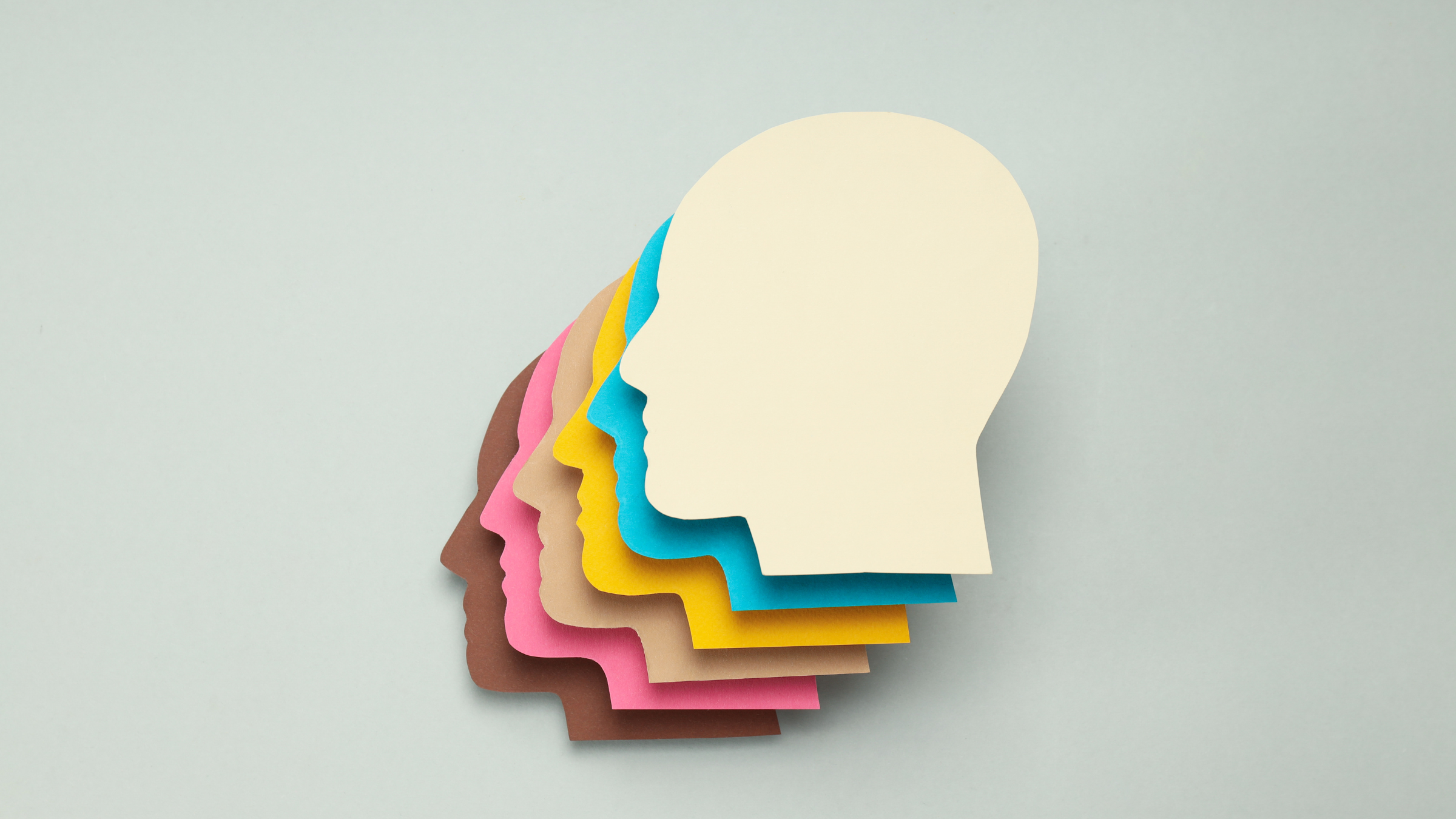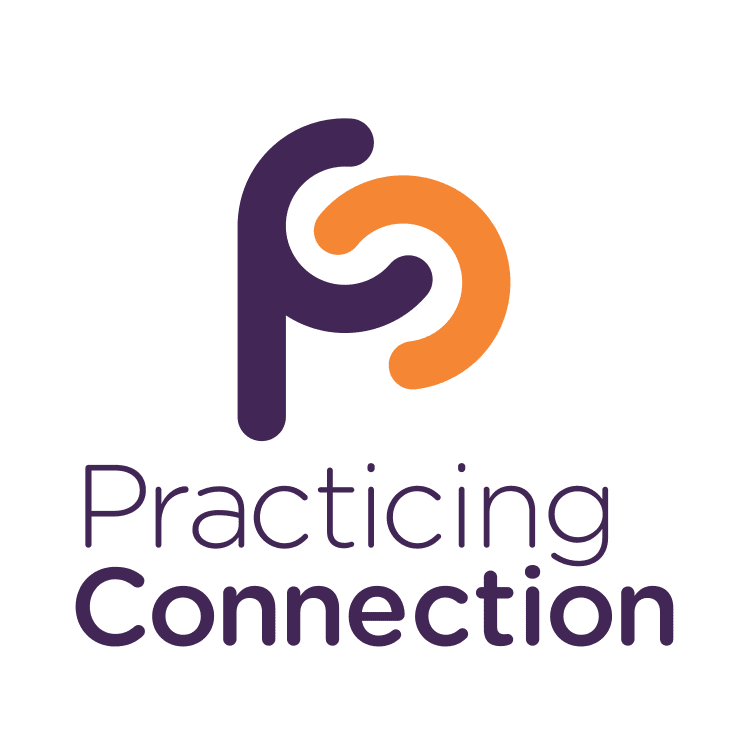(Season 5, Episode 15)
This is the first is a series of three practicasts centered around “holding space,” a concept we learned from Heather Plett, author of “The Art of Holding Space.” Our co-creator for this series was our OneOp colleague, Kristen Jowers.
In this episode, Jessica Beckendorf shares two practices for building curiosity, which is necessary for avoiding judgment and holding space.
Links












